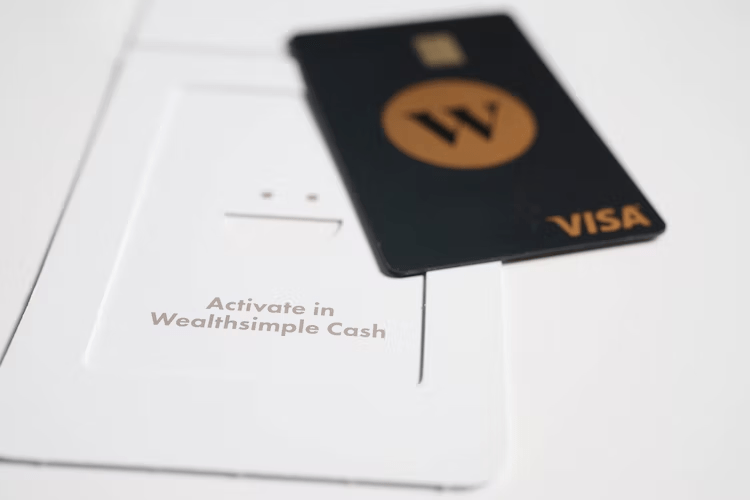High-risk payment is a type of electronic payment in which the risk of fraud, identity theft, and similar issues is significantly higher than in other payment methods. Even so, high-risk payment methods are becoming more common and accepted as businesses grow increasingly digital and customers demand faster checkouts with fewer hassles. High-risk payments are also referred to as alternate or emerging payments. These payment methods have some unique risks that aren’t present in most other forms of digital transactions. You may get the best service at payking and the following article lists some of the top features of High-Risk Payment that you probably didn’t know:

Know The Different Types Of High-Risk Payments
There are different types of high-risk payments, which are listed below: E-wallets are prepaid cards managed and issued by third parties like PayPal, Venmo, etc. E-wallets can make online purchases and digital payments at POS terminals. E-wallets may use a card network to process payments. Some e-wallet providers may offer rewards or cash back on purchases made using their platforms to entice customers.
- Prepaid Debit Cards: Prepaid debit cards have become a standard payment method for online transactions. Prepaid debit cards work similarly to traditional debit cards, except that the funds are preloaded into a card that can be used for purchases.
- Paper Checks: Though paper checks are being phased out, they are still a high-risk payment method.
- ACH: ACH payment methods are electronic funds transfers used by businesses to collect payments.
- Cryptocurrency: Many people make payments with cryptocurrencies—bitcoin being the most famous example.
- Credit Cards: Credit cards are a high-risk payment method because they allow customers to make purchases without paying a cash deposit.
- Alternative Payment Methods: There are many more emerging payment methods, such as biometrics, voice recognition, etc., for authentication.
Verified by Visa

Verified by Visa is a program that helps combat payment fraud. Visa card members can select this payment method at checkout to increase their chances that the transaction will be approved. Participating merchants can also choose to be verified by Visa as a way of accepting payment from cardholders. Suppose you have selected verified by Visa as your payment method. In that case, you will have to enter your password or use a biometric identifier (such as facial recognition) to verify your identity and complete the transaction.
EMV Co-branded Credit Cards
EMV stands for Europay, Mastercard, and Visa. You can use these chip-enabled credit cards to pay at POS terminals. EMV cards help reduce fraud because they aren’t as easy to create fake as magnetic stripe cards are.
- A co-branded credit card is issued by a bank and bears another company’s logo, such as a store or airline. You can select these credit cards as high-risk payment methods at checkout.
- When you select a co-branded credit card as your payment method, you will be prompted to insert the EMV card into the POS terminal. The card reader will read the chip on the card and transmit purchase information to the payment network.
- The chip will be authenticated, and the network will send an authorization request to the card issuer. The card issuer will send the purchase amount and transaction details to the payment network for verification.
- If the transaction is verified, the payment network will send an authorization response to the POS terminal to complete the transaction.
Merchant Risk Marketing
When a business accepts a high-risk payment, it is taking on some risk. Businesses charge higher prices for items purchased with high-risk payment methods to offset the risk. As a customer, you may be resentful of this surcharge, and it may cause you to avoid the store entirely. One-way businesses can allow high-risk payment methods while reducing the risk of losing money is through marketer insurance. In exchange for lower rates on insurance, businesses agree to charge a surcharge on high-risk payment methods. This surcharge will help offset the losses the business incurs from the higher rates of fraudulent purchases. The surcharge is usually a percentage of the total cost of the purchase. For example, a $100 purchase with a 10% surcharge would cost $110.
Card Identification Number (CIN) Fraud Detection
Card identification number (CIN) fraud detection is a process used to verify that the card used to make a payment is legitimate. – When you select a card as your payment method, the payment card information is sent to the merchant’s payment processor for authentication. – The payment processor will check the CIN, security code (CVV), and expiration date. If the information on the card matches what was stored in the card issuer’s database, the transaction will be approved. – If the payment processor detects a difference between the card information and what is stored, the process of CIN fraud detection will be triggered. – The payment processor will flag the transaction as being suspicious or high-risk, and the merchant will be notified that the transaction is not approved.
Conclusion
High-risk payment methods can be risky if they aren’t processed correctly. Customers who choose to pay with a high-risk payment method agree to trust a merchant’s ability to protect their information. If you accept high-risk payments, you are responsible for protecting customer data. Make sure to use the latest security protocols, and follow best practices for preventing fraud and identity theft. We hope this article has helped you in knowing the 4 features of high-risk payment that you didn’t know existed. Kindly be sure about these features and in case you still have any doubt, ask it.



